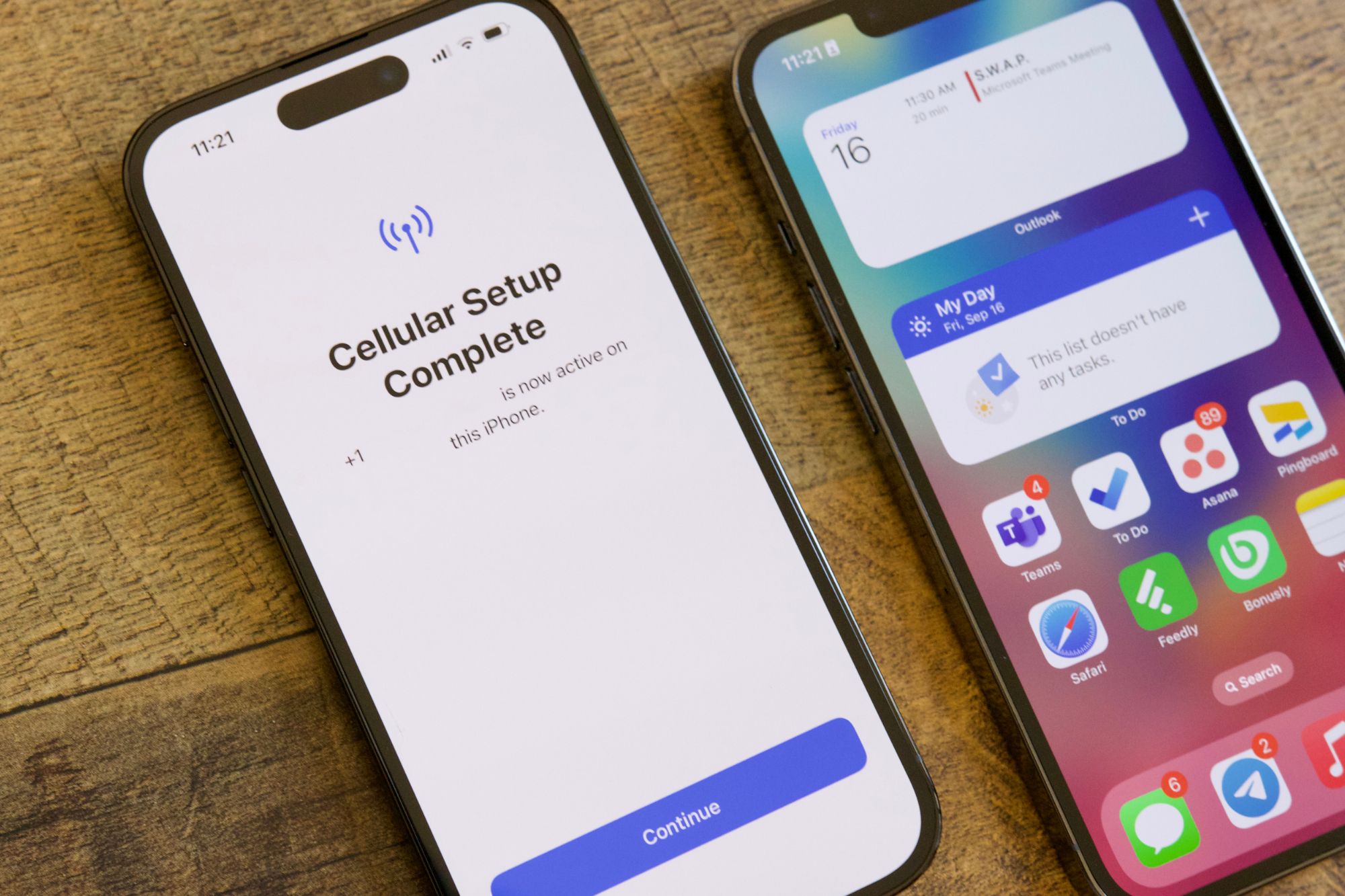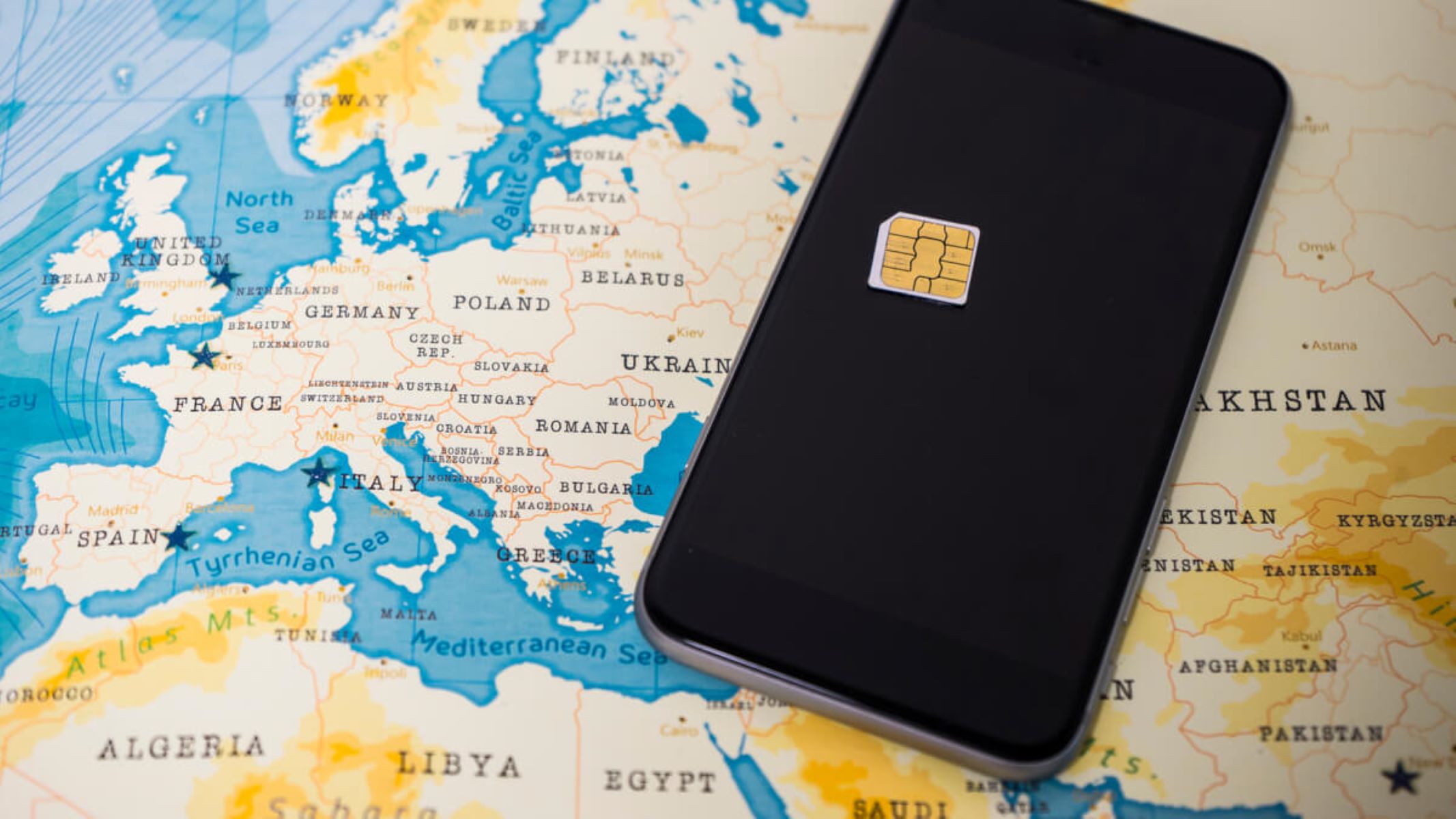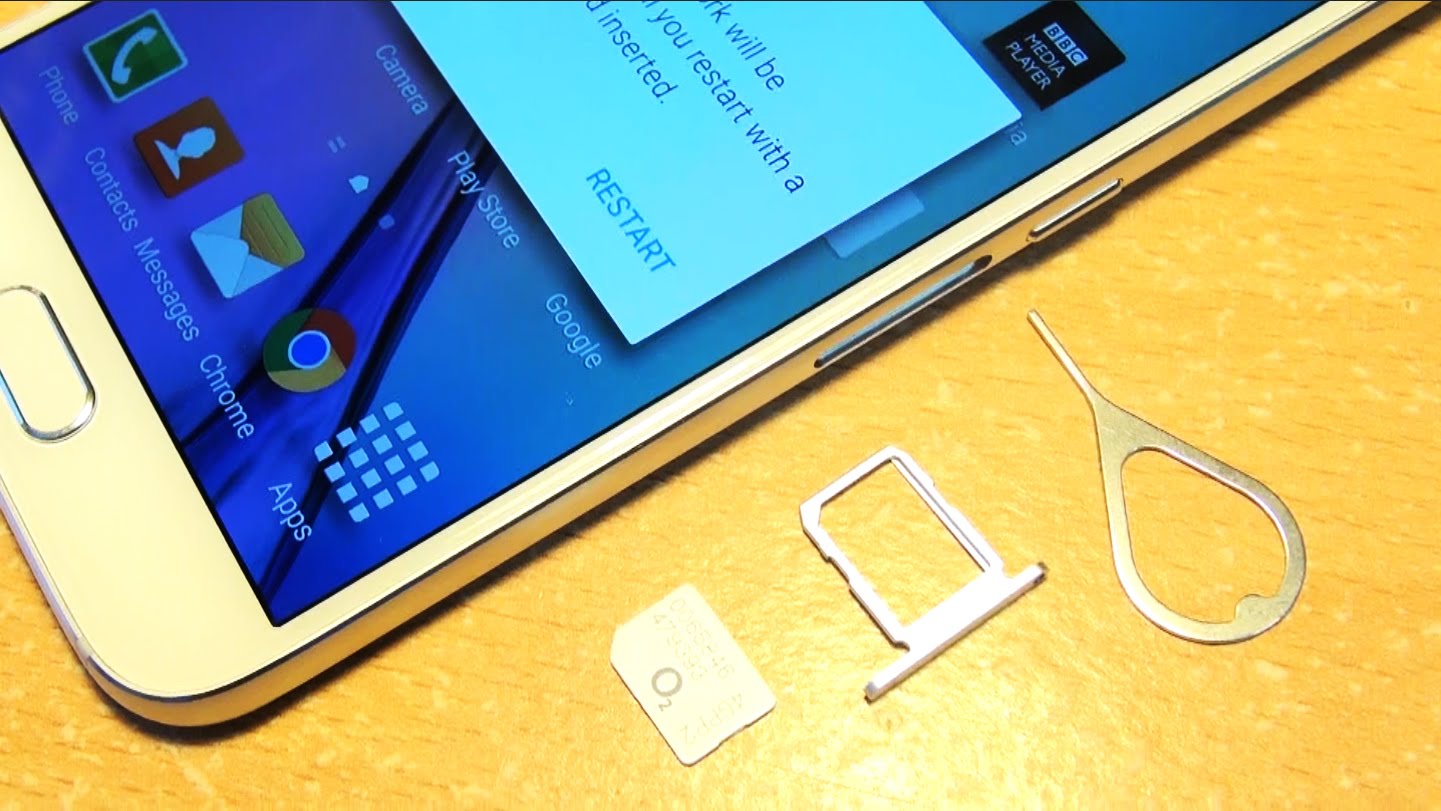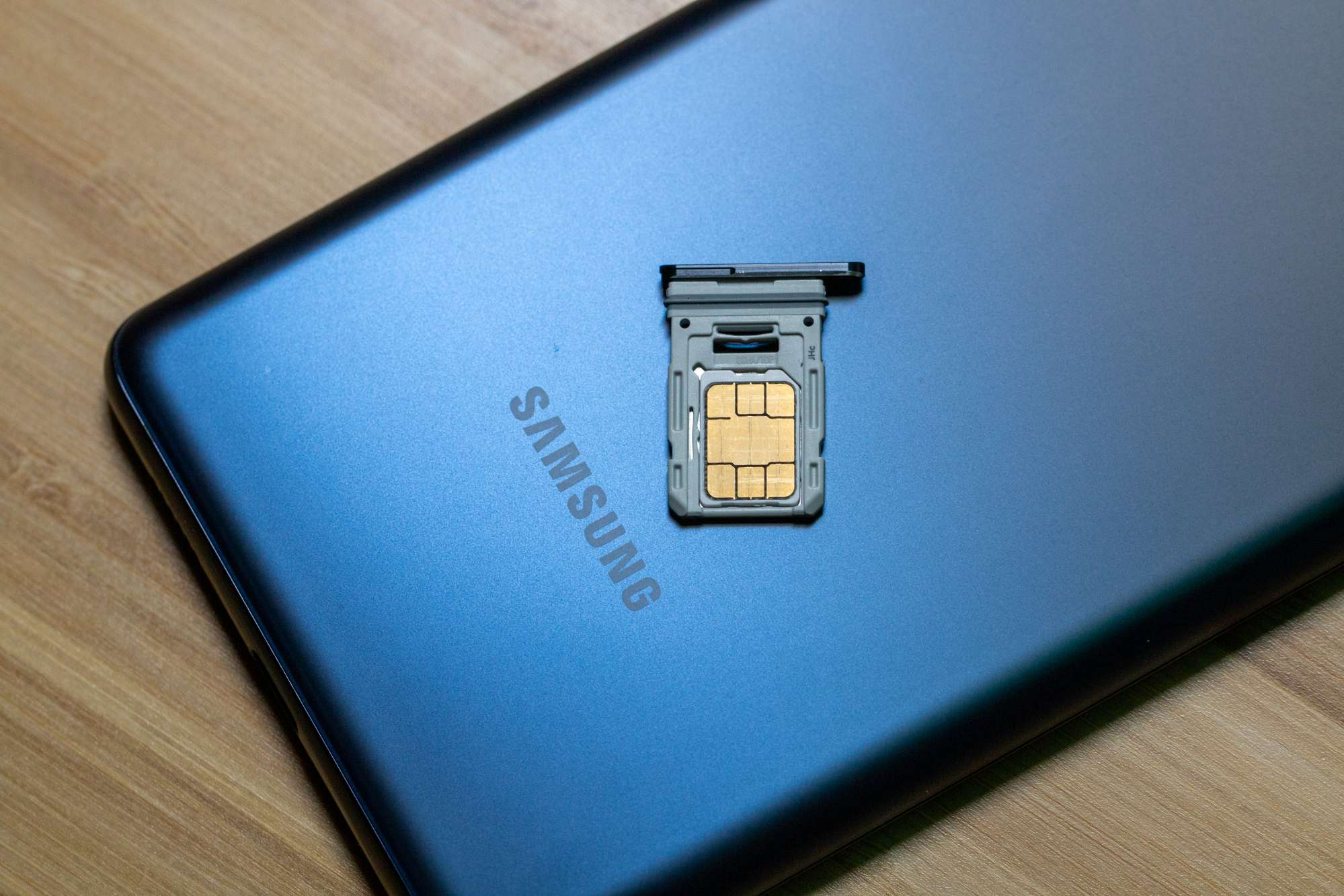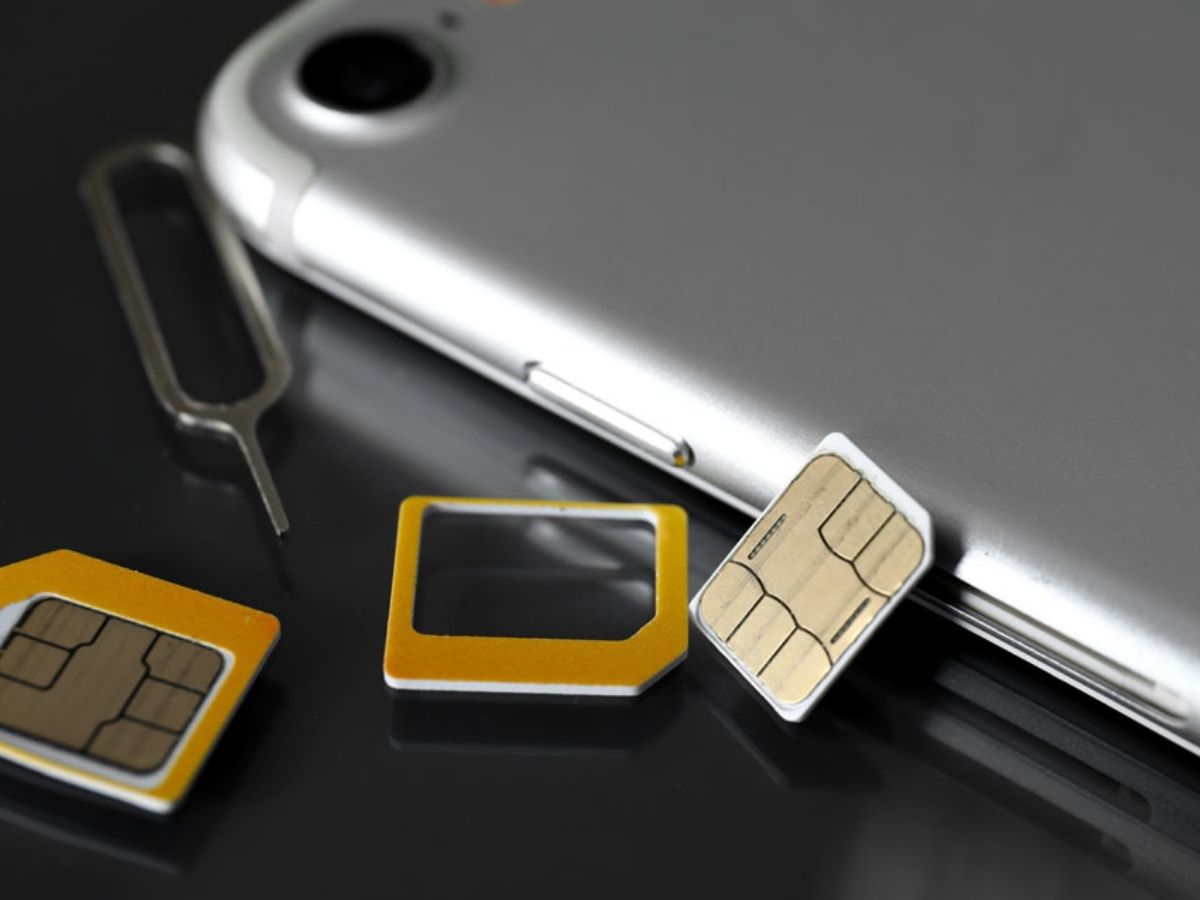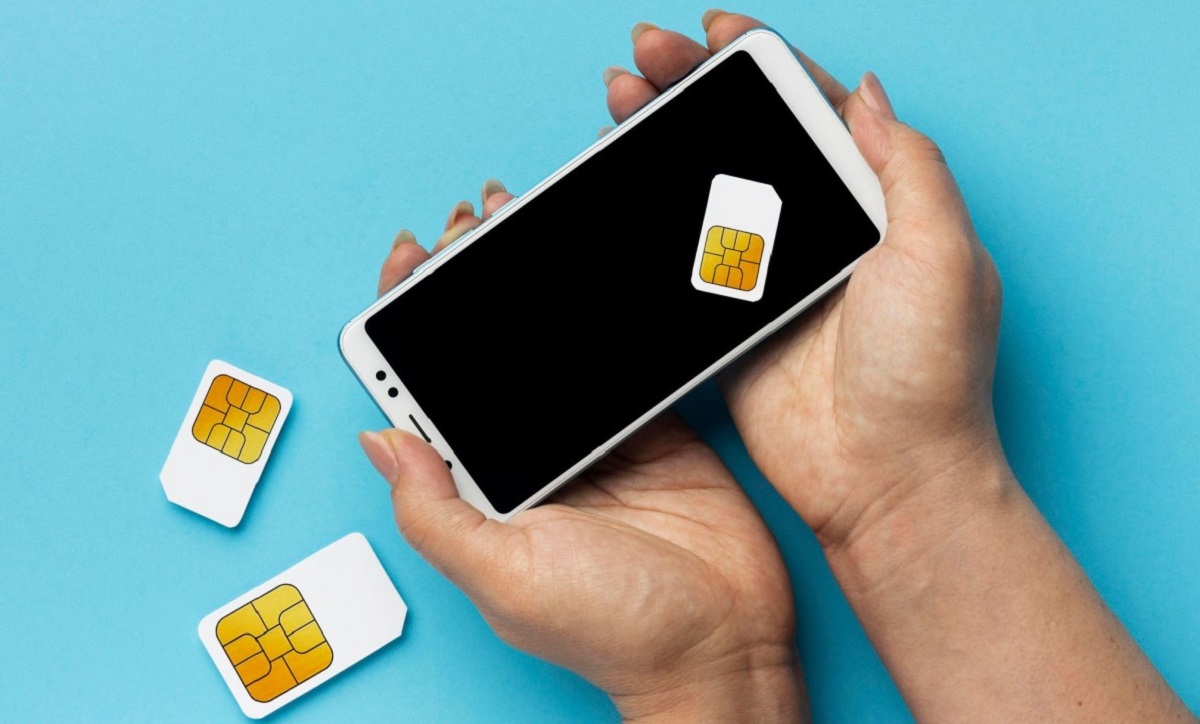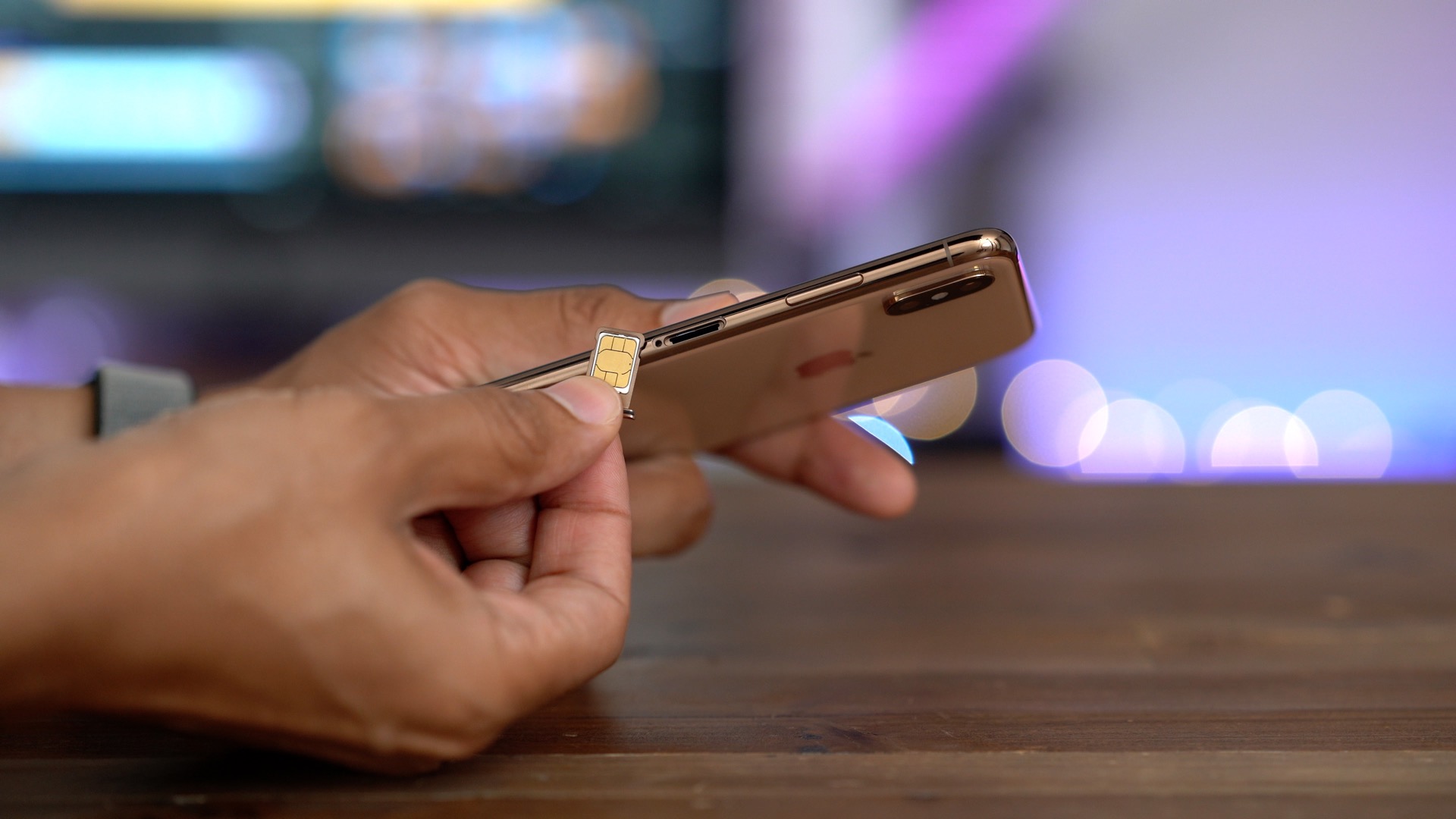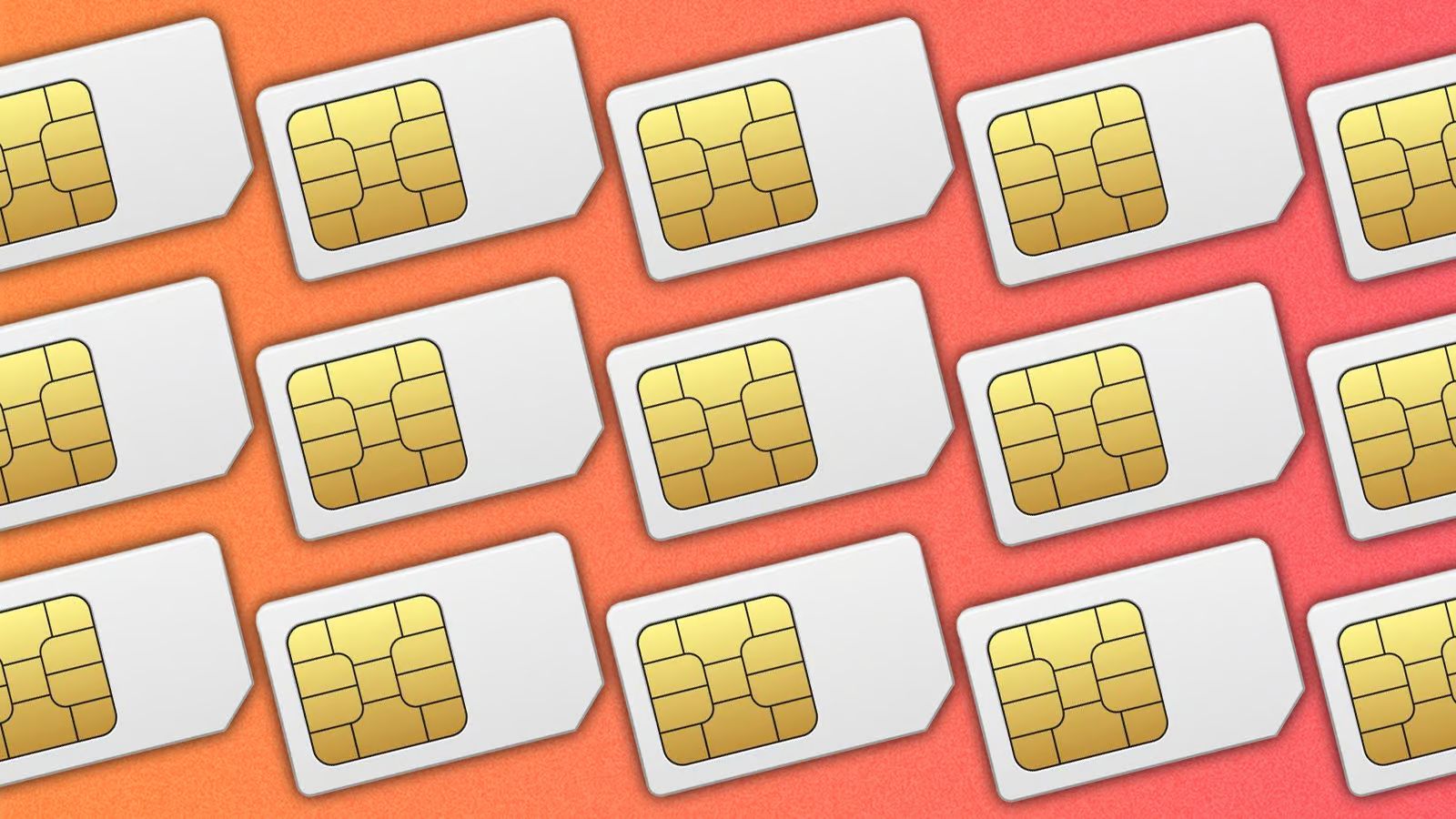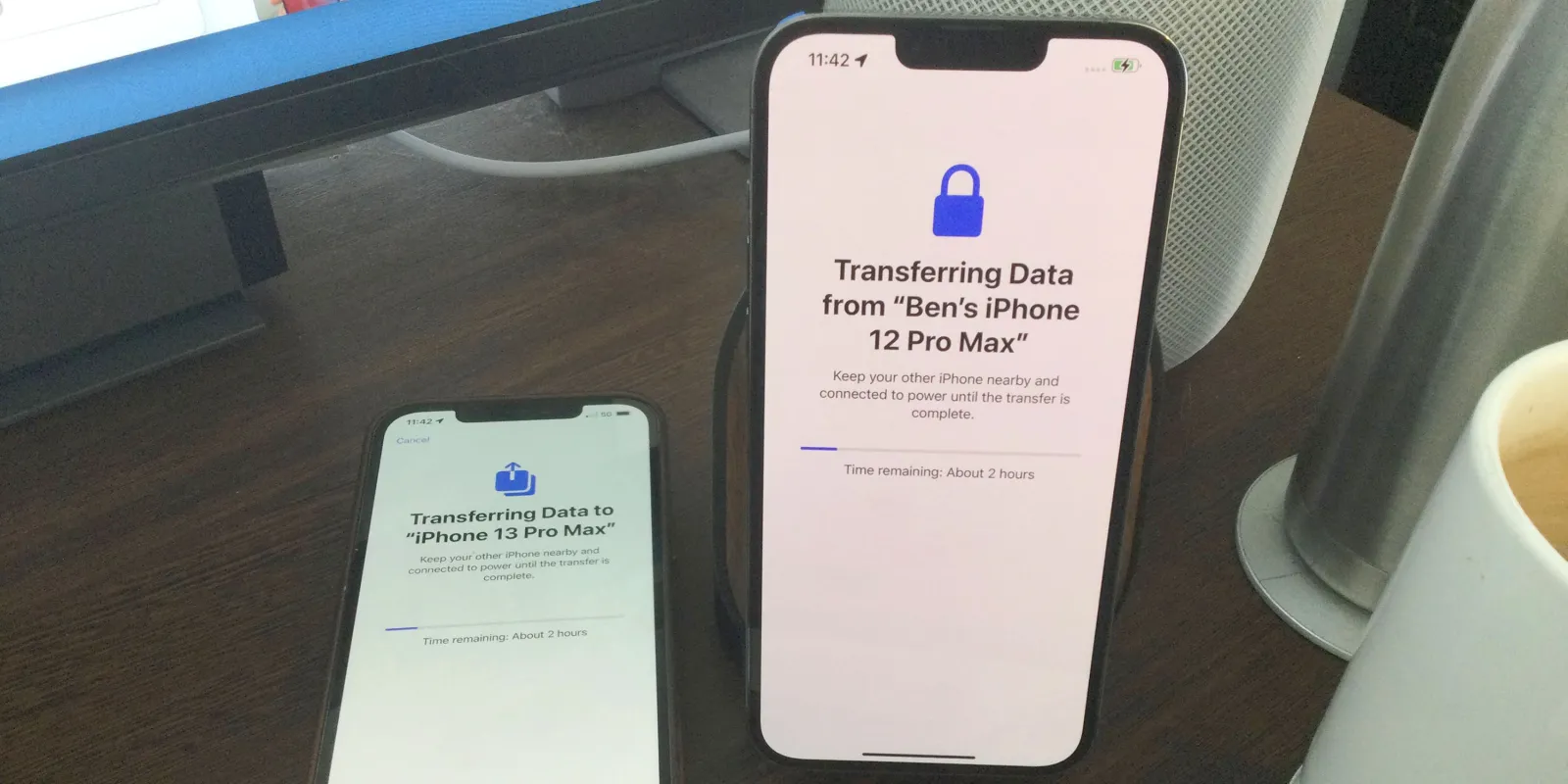Reasons for Transferring Your SIM Card
Transferring your SIM card to another phone can be a practical solution for various reasons. Here are some compelling reasons why you might consider transferring your SIM card:
-
Upgrading to a New Phone: When you upgrade to a new phone, transferring your SIM card allows you to seamlessly transition to your new device while retaining your existing phone number and mobile plan. This eliminates the need to update contacts with a new number and ensures uninterrupted access to your network services.
-
Replacing a Damaged or Lost Phone: If your current phone is damaged, lost, or stolen, transferring your SIM card to a replacement device enables you to regain access to your mobile network without undergoing the process of activating a new SIM card. This can be particularly convenient during unexpected situations, allowing you to quickly resume communication and connectivity.
-
Using a Temporary or Secondary Device: Whether you're traveling, awaiting repairs for your primary phone, or simply need a temporary device, transferring your SIM card enables you to use an alternate phone without disrupting your regular mobile services. This flexibility ensures that you can stay connected regardless of the circumstances.
-
Testing a New Phone: Before fully committing to a new phone, transferring your SIM card allows you to test the device's compatibility with your network, assess call quality, and evaluate other essential features. This can help you make an informed decision about whether the new phone meets your communication needs.
-
Switching Carriers: If you decide to switch to a new mobile service provider, transferring your SIM card to a compatible phone on the new network facilitates a smooth transition. By doing so, you can seamlessly activate your new service and begin using your phone without delay.
-
Resolving Network or Signal Issues: In some cases, transferring your SIM card to a different phone can help troubleshoot network or signal problems. By testing your SIM card in an alternative device, you can determine whether the issue lies with your phone or the network itself, providing valuable insight for resolving connectivity issues.
By understanding the various reasons for transferring your SIM card, you can make informed decisions about managing your mobile devices and ensuring continuous access to essential communication services. Whether you're upgrading to a new phone, addressing technical issues, or seeking temporary solutions, transferring your SIM card offers a convenient way to maintain connectivity and mobility.
Steps to Transfer Your SIM Card
Transferring your SIM card to another phone is a straightforward process that allows you to seamlessly transition your mobile services to a new device. Whether you're upgrading to a new phone, replacing a lost or damaged device, or simply switching to a temporary phone, following these steps will help you transfer your SIM card efficiently:
-
Turn Off Both Phones: Before beginning the transfer process, power off both your current phone and the device to which you intend to transfer the SIM card. This ensures that the phones are safely shut down before any hardware manipulation takes place.
-
Locate the SIM Card Tray: Identify the SIM card tray on both phones. In most cases, the SIM card tray is located either on the side or the top of the phone. Use the SIM card ejection tool, a paperclip, or a small pin to gently eject the SIM card tray from each device.
-
Remove the SIM Card: Carefully remove the SIM card from the tray of your current phone. Take note of the orientation of the SIM card, as it needs to be placed in the same position in the new phone. Handle the SIM card with care to avoid damaging it or causing static electricity buildup.
-
Insert the SIM Card: Insert the SIM card into the tray of the new phone, ensuring that it is correctly aligned with the SIM card slot. Gently push the tray back into the phone until it securely clicks into place. This step is crucial to ensure that the SIM card makes proper contact with the phone's hardware.
-
Power On and Test: Power on the new phone and wait for it to establish a connection with the mobile network. Once the phone is powered on, check for signal reception and ensure that the SIM card is recognized by the device. Test the phone by making a call or sending a text message to confirm that the transfer was successful.
-
Activate the Phone (if necessary): In some cases, you may need to activate the new phone with your mobile service provider. This typically involves following the activation instructions provided by your carrier, which may include entering a provided code or completing an online activation process.
By following these steps, you can seamlessly transfer your SIM card to another phone, allowing you to maintain access to your mobile services and phone number. Whether you're upgrading to a new device, replacing a lost phone, or using a temporary phone, the transfer process is designed to be user-friendly and efficient, ensuring that you can stay connected without complications.
Troubleshooting Common Issues
Transferring your SIM card to another phone may encounter common issues that can affect the successful activation of your mobile services. Understanding these potential challenges and how to troubleshoot them can help ensure a smooth transition. Here are some common issues you may encounter when transferring your SIM card and the corresponding troubleshooting steps:
No Signal Reception
If you experience a lack of signal reception on your new phone after transferring the SIM card, it's essential to troubleshoot this issue promptly. Begin by ensuring that the SIM card is inserted correctly, with the gold contacts making proper contact with the phone's SIM card slot. If the issue persists, try restarting the phone or reinserting the SIM card to reestablish a connection with the network.
Incorrect SIM Card Size
Incompatibility between the SIM card size and the new phone's SIM card tray can pose a common issue during transfer. If the SIM card is too large or too small for the new phone's tray, it may not fit properly, leading to connectivity problems. In such cases, using a SIM card adapter to adjust the size or obtaining a correctly sized SIM card from your carrier can resolve this issue.
Activation Failure
In some instances, the new phone may fail to activate the transferred SIM card automatically. If this occurs, contact your mobile service provider to initiate manual activation. Your carrier can assist in ensuring that the SIM card is properly provisioned for the new device, enabling seamless activation and access to network services.
Network Compatibility
When transferring your SIM card to a phone from a different carrier, compatibility issues may arise if the new device does not support the frequency bands or network technologies used by your carrier. To troubleshoot this, verify the network compatibility of the new phone with your carrier's network specifications. If the phone is not compatible, consider obtaining a device that supports your carrier's network frequencies.
SIM Card Damage
Physical damage to the SIM card, such as scratches or bending, can hinder its functionality when transferred to a new phone. If you suspect that the SIM card has been damaged during the transfer process, contact your carrier to request a replacement SIM card. Activating a new SIM card can resolve issues stemming from physical damage.
By being aware of these common issues and their troubleshooting methods, you can effectively address potential challenges when transferring your SIM card to another phone. This proactive approach ensures that you can swiftly resolve any issues that may arise, allowing you to enjoy uninterrupted access to your mobile services on your new device.
Things to Consider Before Transferring Your SIM Card
Before transferring your SIM card to another phone, it's essential to consider several factors to ensure a seamless and successful transition of your mobile services. Taking the following aspects into account can help you avoid potential complications and make informed decisions regarding the transfer process.
Phone Compatibility
First and foremost, assess the compatibility of the new phone with your existing SIM card. Different phones support various SIM card sizes, such as standard, micro, and nano SIM cards. Ensuring that the new device accommodates your SIM card size is crucial to prevent fitting issues and maintain proper functionality. If the new phone requires a different SIM card size, you may need to obtain a SIM card adapter or request a new SIM card from your carrier to align with the device's specifications.
Data Backup
Before transferring your SIM card, it's advisable to back up your phone's data, including contacts, messages, and other essential information. While the SIM card primarily stores contacts and some limited data, backing up your phone's content to a cloud service or external storage ensures that you don't lose any critical information during the transfer process. This precautionary measure provides peace of mind and safeguards your data in case of unexpected issues during the transfer.
Network Service Activation
If you're transferring your SIM card to a new phone from the same carrier, ensure that the device is unlocked and compatible with your carrier's network. Additionally, if you're switching to a different carrier, verify that the new phone supports the network frequencies and technologies utilized by the new provider. This step is vital to prevent compatibility issues and ensure that the new phone can seamlessly connect to the mobile network upon transferring the SIM card.
Mobile Plan Considerations
When transferring your SIM card to a new phone, take the opportunity to review your current mobile plan and assess whether it aligns with your usage needs and the features offered by the new device. Consider any plan-specific requirements, such as data settings and service configurations, to ensure that the new phone functions optimally with your existing mobile plan. If necessary, consult with your carrier to make any adjustments to your plan to accommodate the new device.
Device Activation Process
Before initiating the SIM card transfer, familiarize yourself with the activation process for the new phone. Some devices may require specific activation steps, such as entering activation codes or completing online setup procedures. Understanding the activation requirements and following the manufacturer's guidelines can streamline the process and facilitate a smooth transition of your SIM card to the new device.
By considering these essential factors before transferring your SIM card, you can proactively address potential challenges and ensure that the transfer process is executed seamlessly. Taking a methodical approach and preparing adequately for the transfer enables you to transition to a new phone with confidence, maintaining uninterrupted access to your mobile services and preserving your valuable data.







